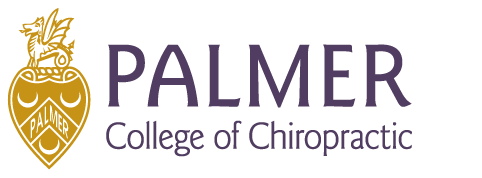Cost: $48.00

This course is an overview and introduction to research from the past two decades regarding chiropractic subluxations. Dr. Haavik explains how a chiropractic adjustment works from a neurophysiological perspective. She will also discuss what we know so far about what happens in your brain when a chiropractor adjusts your spine.
Module 1 Outline
- Introduction to patient-focused, evidence-informed chiropractic care
- The three pillars of evidence-based practice
- How to communicate chiropractic with the public
- QUIZ
Module 2 Outline
- What science is and does
- How to view an individual research study as one small piece of a larger puzzle picture
- The MOPI model of the subluxation and the lack of research evidence supporting this model
- QUIZ
Module 3 Outline
- Introduction to the bio-neuro-plasticity model
- What neuroplasticity is adn how it can be a positve and negative thing for us
- How the brain creates its own inner reality
- How the brain creates maps about various experiences
QUIZ
Module 4 Outline
- What can happen when the brain gets conflicting sensory information
- Definition of a chiropractic subluxation according to the neuroplasticity model
- Closer look at how the brain creates its own virtual reality
- QUIZ
Module 5 Outline
- How emotional stress and injury to the spine can affect small muscles closest to the spine and skull
- How emotional stress and injury to the spine can affect the brain
- How even mild recurring spinal ache pain and tension
QUIZ
Module 6 Outline
- Neurophysiological effects of the adjustment
- Scientific evidence of the neurophysiological effects of a high-velocity, low-amplitude thrust at the spine
- Motor control
- Scientific evidence about the motor control changes following spinal manipulation
- QUIZ
Module 7 Outline
- Brain changes following chiropracttic adjustments
- How to explain the effects of an adjustment to the public
- Using the dark corridor analogy to explain the effects of adjusting a subluxation
- The complexity of how the brain controls spinal movement
- QUIZ
Module 8 Outline
- The effects of stress and traumatic experiences on the brain and health
- Types of stress
- Ill effects of long-term stress on the body
- How traumatic experiences can change the brain from that day onwards and the importance
- QUIZ
Module 9 Outline
- Overview over maladaptive and positive adaptive neuroplastic changes
- Why the explanation you tell your patients and the public about chiropractic care matters
- The different roles of the prefrontal cortex
- QUIZ
Module 10 Outline
- Impact of negative stress on the brain and body
- Discussion of physical, psychological, and social stressors
- Maladaptive neuroplasticity model
- QUIZ
Module 11 Outline
- Chiropractic subluxation as one of many stressors leading to changes in CNS
- Rersearch review of article on neuroplasticity education and patient outcomes
- Prefrontal cortex and executive functions of the brain
- Neuroplasticity model and chiropractic
- QUIZ
Speaker(s)/Author(s)
|
Heidi Haavik, B.Sc., Ph.D. |
CE Hours
2.00
Each module contains a video presentation and a short quiz. You must view the video prior to taking the quiz.
FOR HELP: If you have technical issues, please contact the Continuing Education Department at 1-800-452-5032 or email at continuinged@palmer.edu.
DISCLAIMER: While Palmer College of Chiropractic endeavors to bring diverse topics and viewpoints for continuing education options for Doctors of Chiropractic, the opinions of presenters do not necessarily represent the views of Palmer College.
ATTRIBUTION: This presentation contains Royalty Free Music from Bensound
